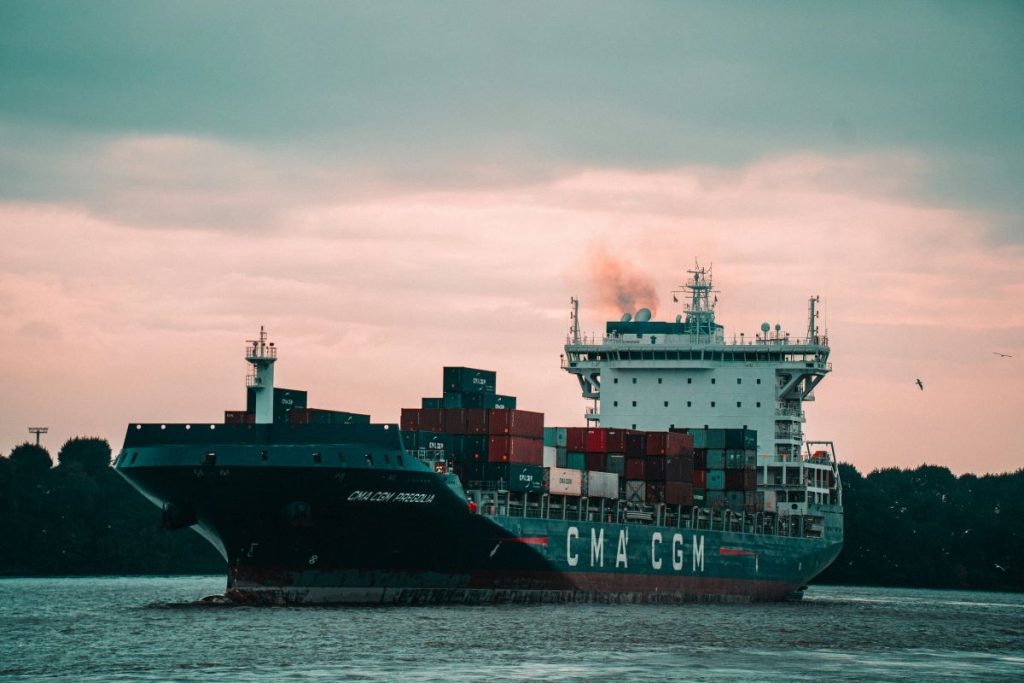Ocean shipment spot rates from Asia to North America are experiencing a downturn due to easing cargo volumes. As of October 22, Transpacific ocean rates per forty-foot equivalent unit to the U.S. West Coast fell 35% from a July peak, while the rate to the East Coast declined 38%.
Despite the decline, current rates remain above April’s Red Sea-crisis-impacted metrics. The need for carriers to recalibrate for the slack season, diminished cargo demand, and the blunted impact from October’s East and Gulf Coast port strike have contributed to the ongoing decline in Transpacific eastbound rates.
Early Peak Season Surge and Potential Surcharges
The downward trend in Transpacific ocean spot rates follows an early peak season surge. The rate jump in July and August resulted from shippers pulling forward peak season demand ahead of the Oct. 1 expiration date of the International Longshoremen’ Association’s master contract with the United States Maritime Alliance. Some retailers, including Levi Strauss & Co., opted for air freight instead of ocean freight to ensure they had the products they needed for the holiday season.
However, even with spot rates down, shippers may need to watch out for a possible pre-Lunar New Year demand increase beginning in November. Rates could also increase with surcharges coming from multiple ocean carriers on Nov. 1. MSC and Hapag-Lloyd announced additional surcharges from Asia to Europe, while Maersk also will levy surcharges to multiple destinations, including Europe, India, and the Middle East.
The continuous decline in Transpacific ocean spot rates is attributed to various factors impacting cargo demand and carrier operations. Shippers must remain vigilant and consider potential surcharges from carriers to navigate the evolving landscape of ocean freight.




